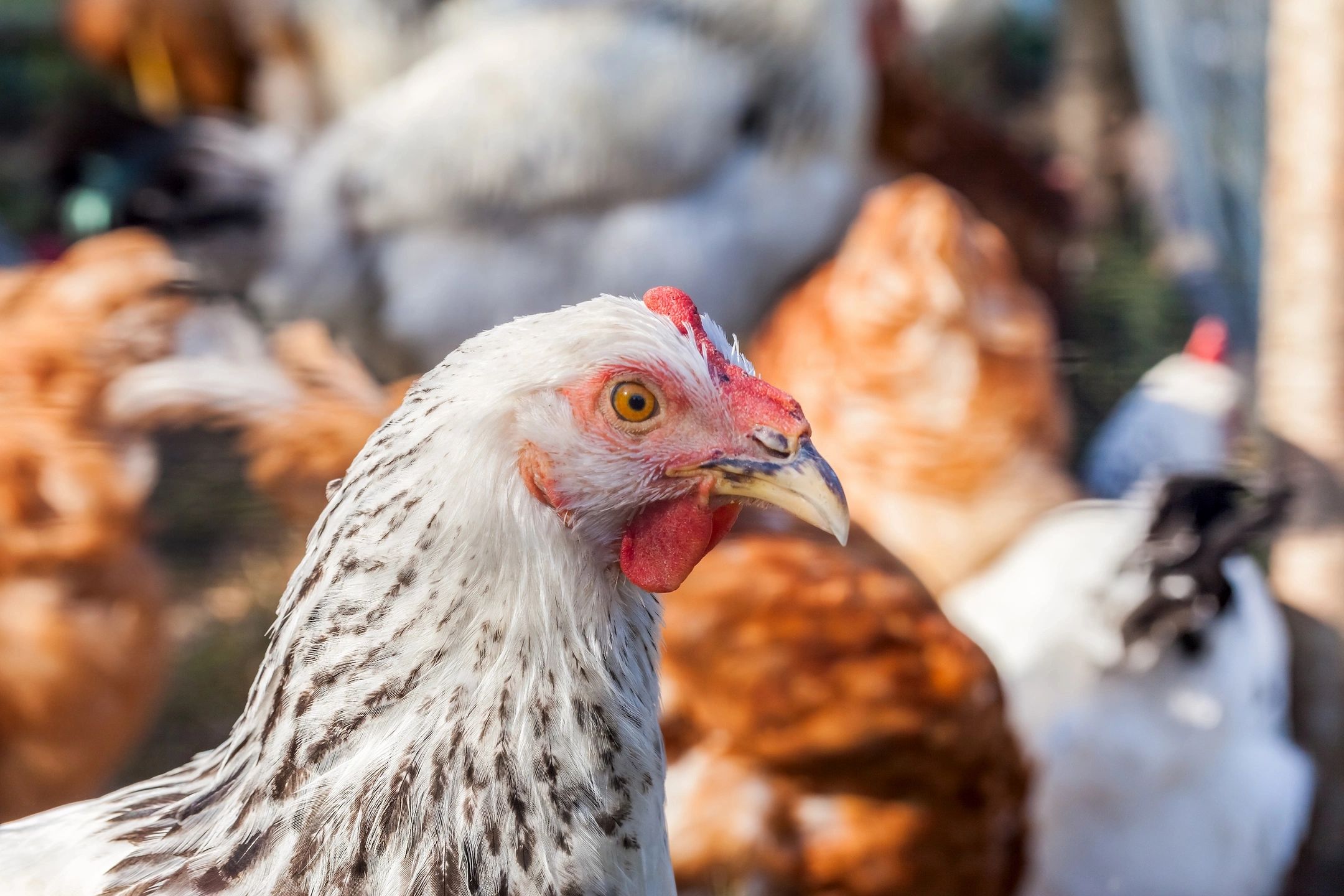Last week I wrote about Secretary Kennedy’s actions to gut infectious disease research and public health practice funding are the man-made risk that will greatly impair our ability to detect and respond to future outbreaks and pandemics.
The Real H5N1 Threat: Kennedy’s Assault on Our Public Health System
This week I thought I’d give a short summary of how influenza pandemics typically get started.
See: Bird flu’s dangerous leap – Arizona PBS
Influenza pandemics usually begin when a new strain of the influenza virus emerges that can infect humans and spread easily from person to person. It usually starts with an antigenic shift when there’s a significant change in the virus’s genetic makeup creates a novel subtype that most people have little or no immunity to.
- The natural reservoir for influenza A viruses is wild aquatic birds, like ducks, geese, and swans. These birds often carry the virus in their intestines and shed it in feces (usually without showing symptoms).
- Poultry farms can also become infected, and when kept in close quarters with pigs, can serve as intermediate hosts.
- Pigs are usually the lynchpin species because they can be infected by both bird and human influenza viruses. This makes pigs effective “mixing vessels” where genetic material from different influenza viruses can reassort to create new combinations when they have a concurrent infection.
- Influenza viruses have an RNA genome. If a pig is infected simultaneously with an avian and a human strain, the RNA can reassort, leading to a new virus that has a mixture of genes from both sources. If this reassorted virus gains the ability to infect humans and transmit efficiently between them, it can spark a human pandemic.
- The first human infections often occur in regions where humans live in close proximity to livestock and wild birds—especially in parts of Asia with informal & traditional farming practices where birds, pigs and humans live in close proximity to each other.
- Once human-to-human transmission becomes efficient (via respiratory droplets), the virus can spread rapidly across the globe, leading to a pandemic.
Historical Examples
- 1918 “Spanish Flu“: Likely originated from birds, potentially with swine involvement. It caused the deadliest pandemic in recorded history.
- 1957 “Asian Flu” and 1968 “Hong Kong Flu”: Resulted from reassortment involving avian influenza viruses and existing human strains likely in pigs.
- 2009 “Swine Flu” (H1N1): Originated from pigs, involving a complex reassortment of avian, swine, and human influenza viruses.

